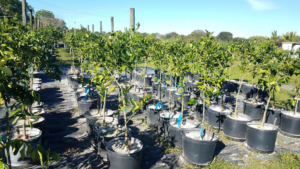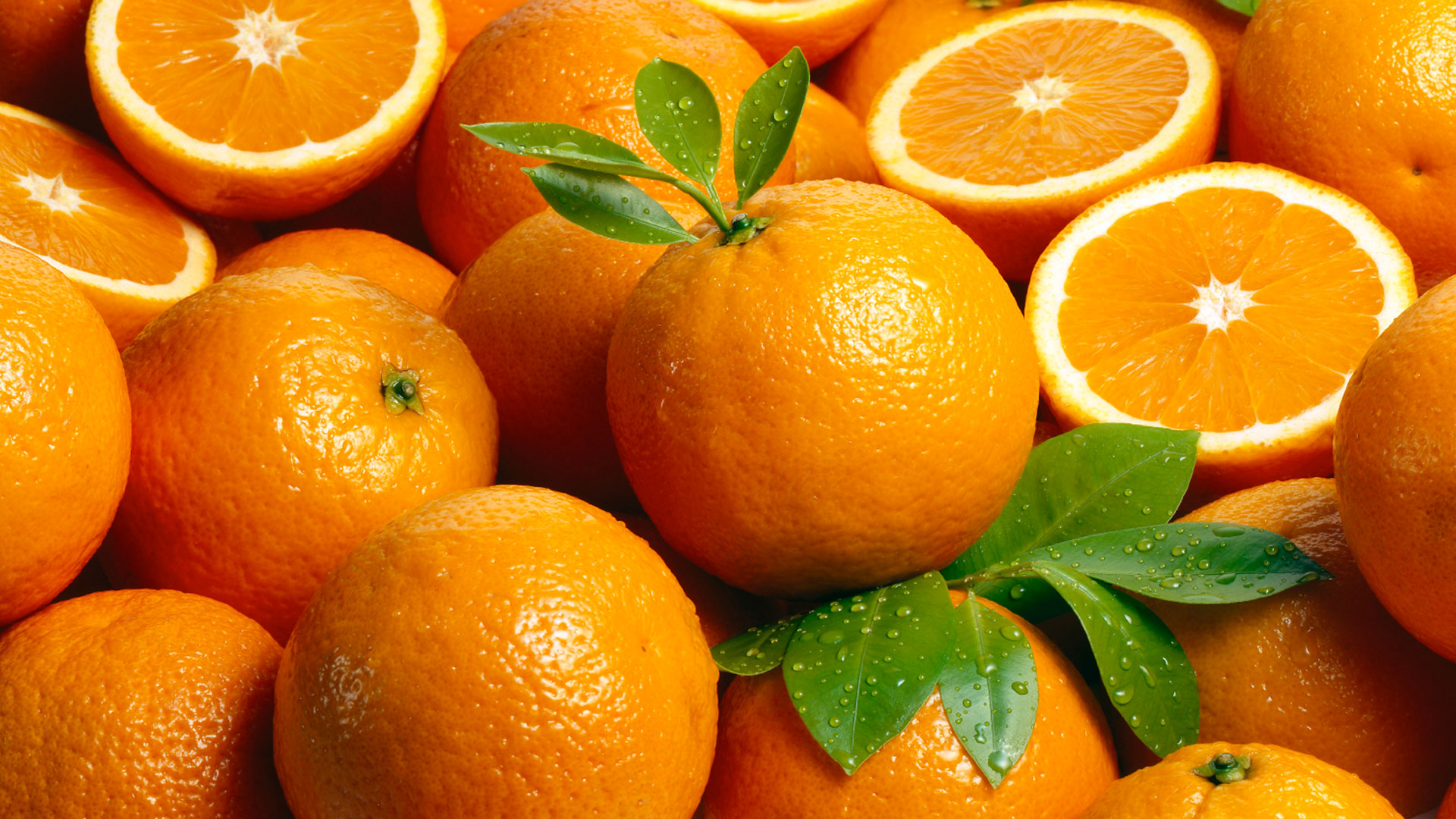Three levels of potassium nitrate 2%, 4% and 6% were tested as foliar sprays at different times, i.e. the first application was at full bloom stage, the second application at fruit diameter from 1.5-2.0 cm, and at both times of application.
The aim was to investigate the effects of these foliar sprays on fruit set, yield, fruit quality and fruit splitting of 40-year-old Washington navel orange (Citrus sinensis) trees in Egypt, during the 2008 and 2009 growing seasons. The trees were planted in a clay soil at 5x5 m spacing in a randomized block design with 4 single-tree replicates.
Potassium Nitrate (KNO3 ) treatments, especially at higher concentrations, increased fruit size, peel thickness and juice acidity compared to the control. Moreover, it was noticed that trees sprayed at first application or first and second time of application gave the best results, while the second time application showed the best performance for reducing fruit splitting. This reduction in fruit splitting was only observed for the KNO3 sprays at 4% and 6%.
The highest yield (+53%), compared to the control, was obtained with one spray during full bloom at 4% potassium nitrate (Figure 1). The increase in yield was explained by the increase in the number of fruits per tree harvested.

Figure 1. Two-seasons average yield (kg/tree) of Washington navel orange trees as affected by potassium nitrate:




